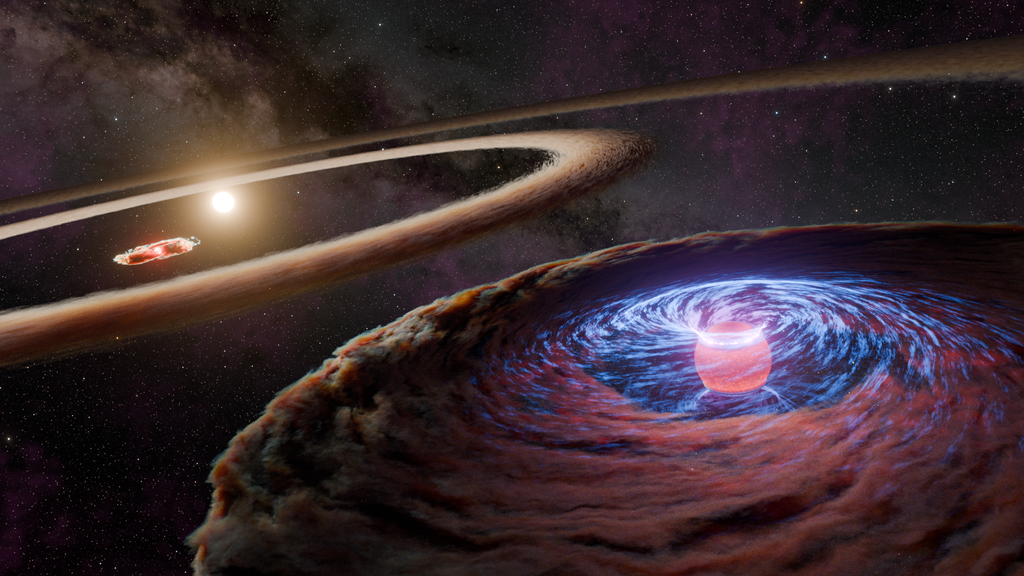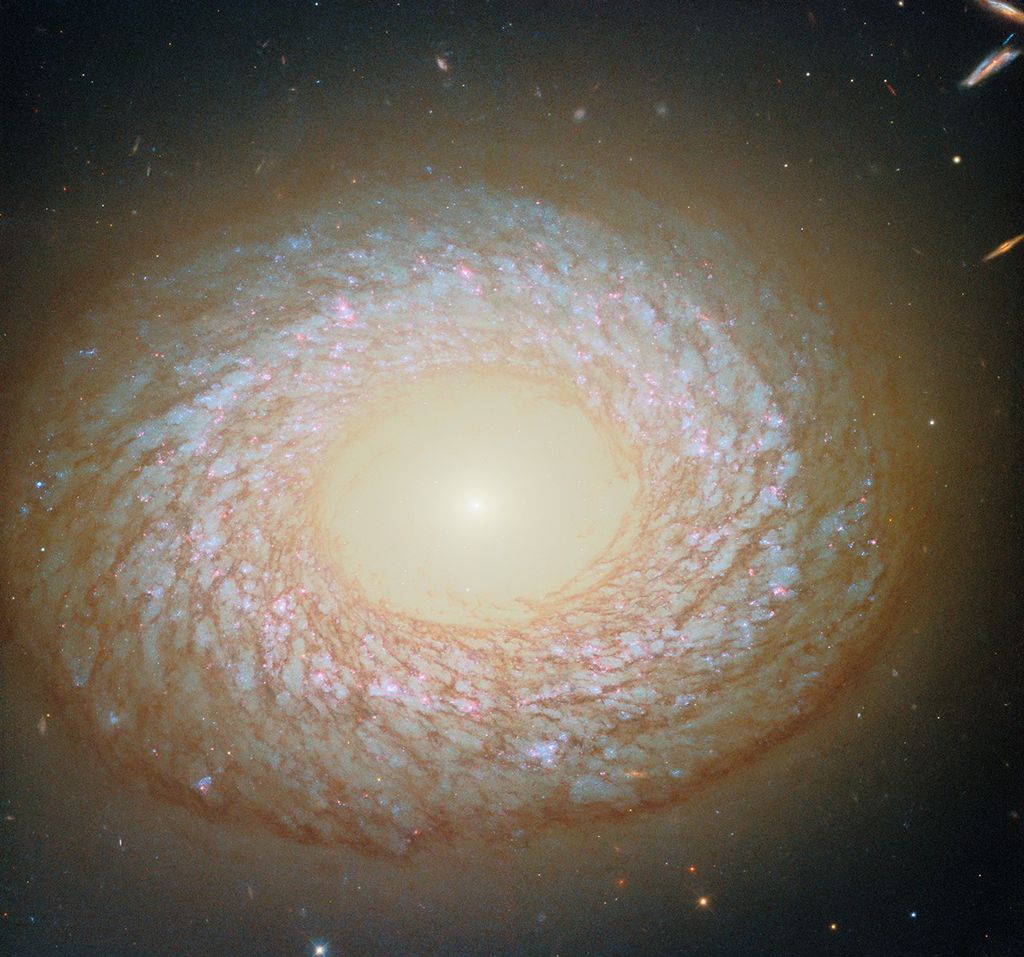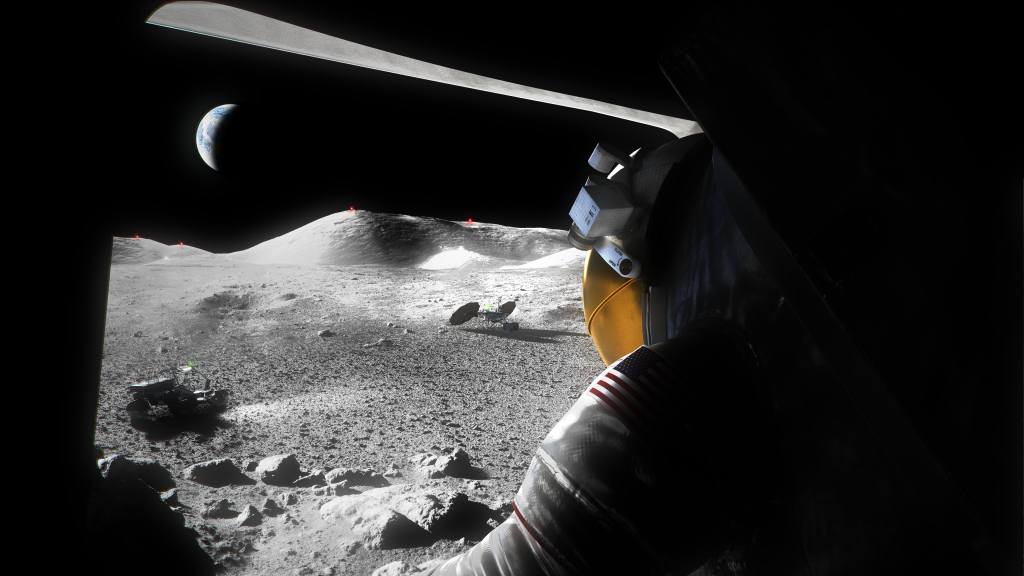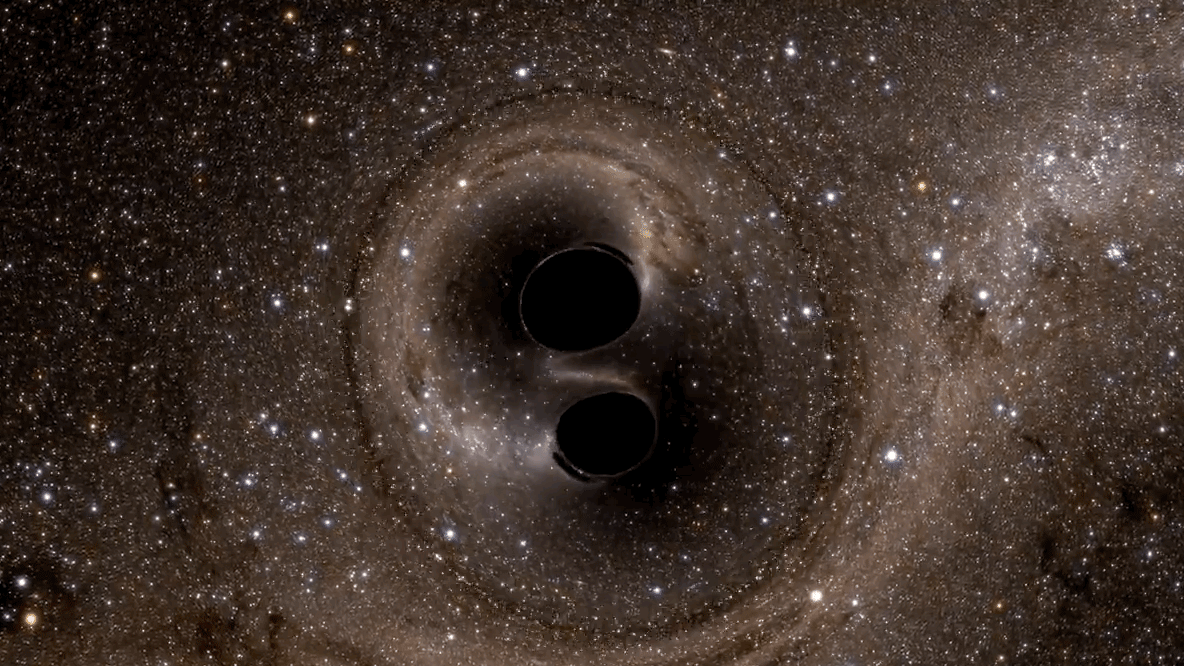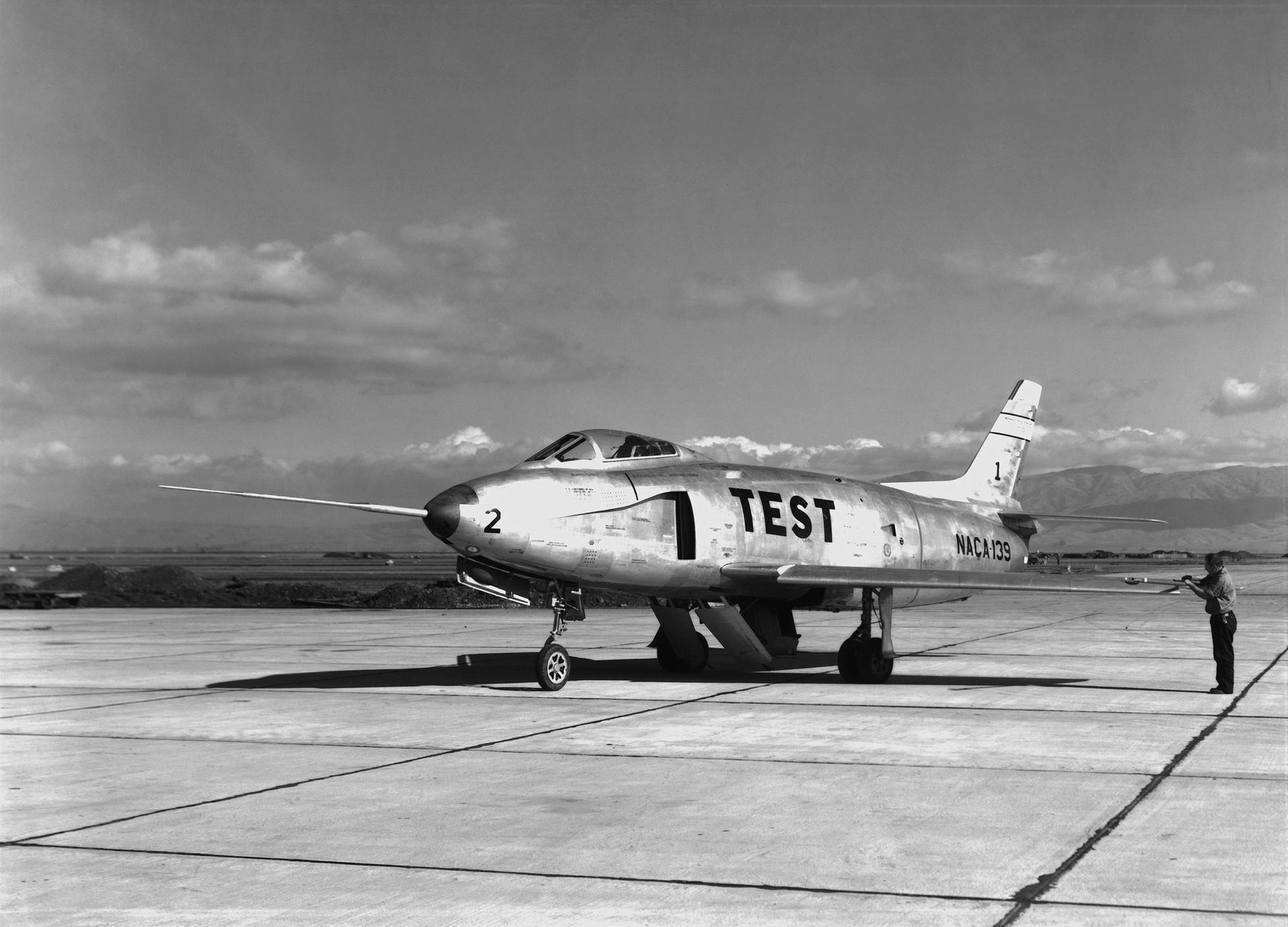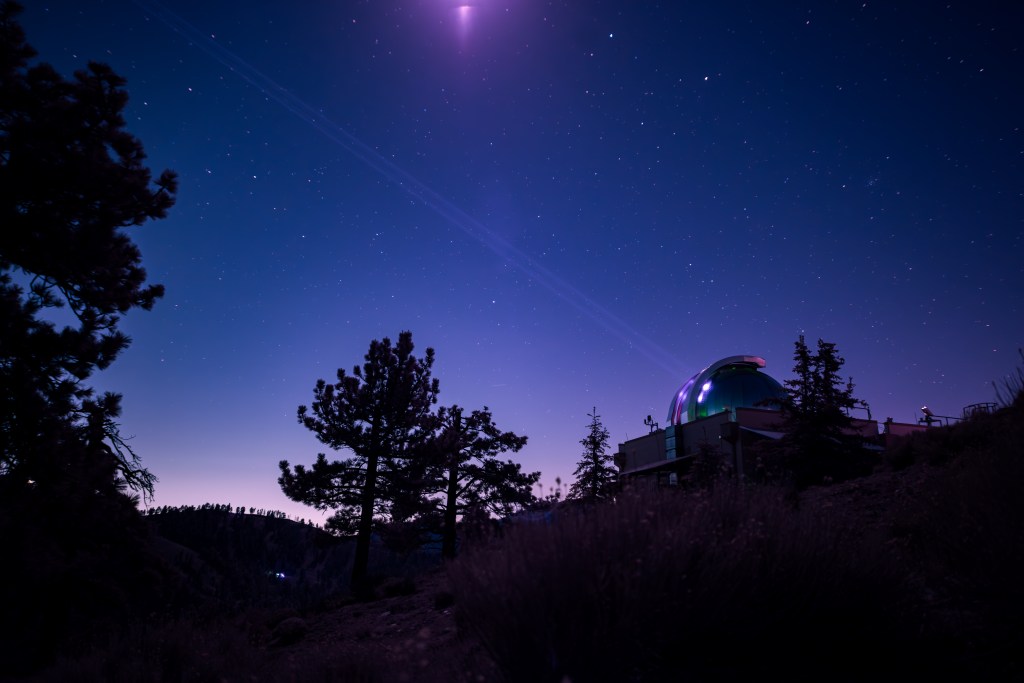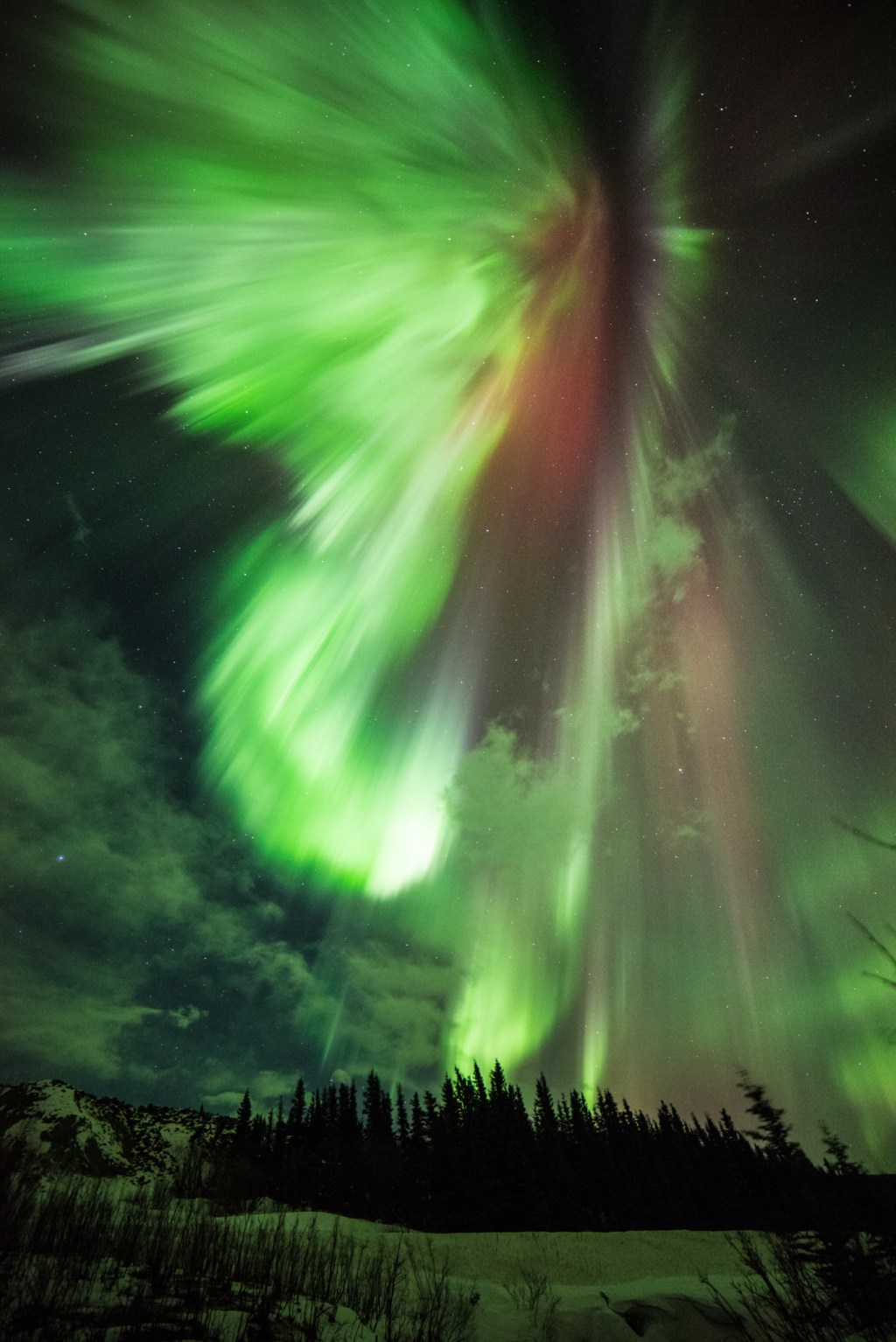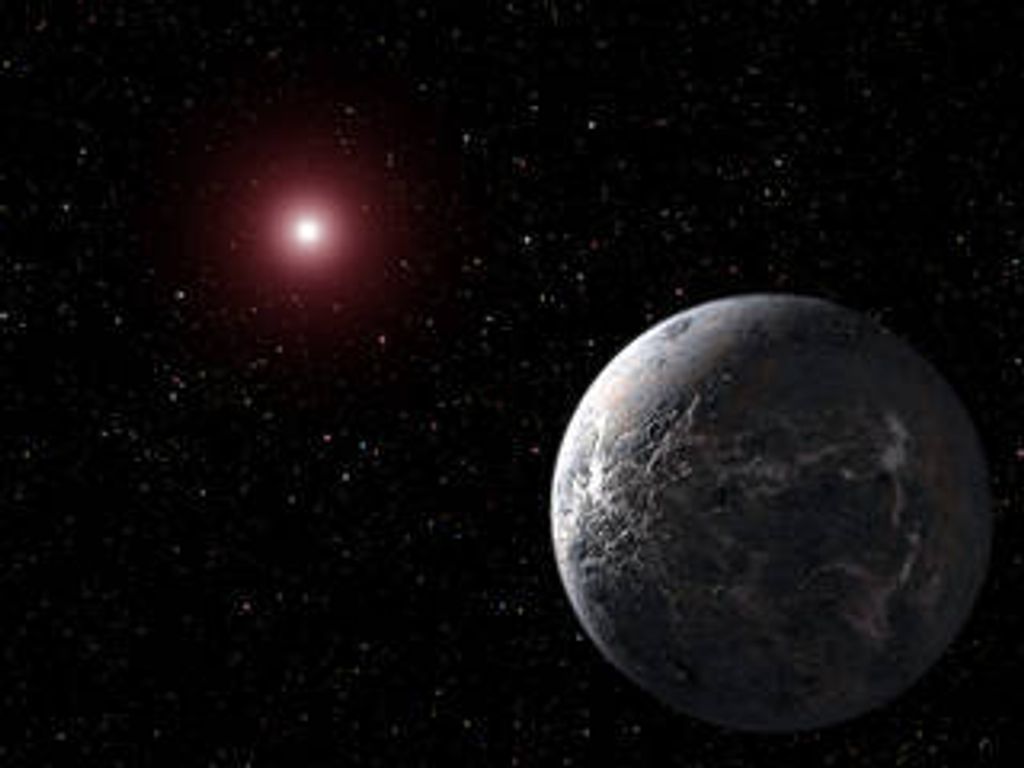1 min read
Einstein Ring Gravitational Lens (SDSS J232120.93-093910.2)

About the Object
- R.A. PositionR.A. PositionRight ascension – analogous to longitude – is one component of an object's position.23h 21m 20.93s
- Dec. PositionDec. PositionDeclination – analogous to latitude – is one component of an object's position.-9° 39' 10.29"
- DistanceDistanceThe physical distance from Earth to the astronomical object. Distances within our solar system are usually measured in Astronomical Units (AU). Distances between stars are usually measured in light-years. Interstellar distances can also be measured in parsecs.Redshift (foreground object): 0.0819, Redshift (background object): 0.5324
- DimensionsDimensionsThe physical size of the object or the apparent angle it subtends on the sky.8 arcseconds wide
About the Data
- Data DescriptionData DescriptionProposal: A description of the observations, their scientific justification, and the links to the data available in the science archive.
Science Team: The astronomers who planned the observations and analyzed the data. "PI" refers to the Principal Investigator.The Hubble image was created from HST data from proposal 10174. Members of the SLACS team include: A. Bolton (Harvard-Smithsonian CfA), S. Burles (Massachusetts Institute of Technology), L. Koopmans (Kapteyn Astronomical Institute), T. Treu (University of California - Santa Barbara), and L. Moustakas (Jet Propulsion Lab/Caltech). - InstrumentInstrumentThe science instrument used to produce the data.HST>ACS/WFC
- Exposure DatesExposure DatesThe date(s) that the telescope made its observations and the total exposure time.September 6, 2004
- FiltersFiltersThe camera filters that were used in the science observations.F435W (B) and F814W (I)
- Object NameObject NameA name or catalog number that astronomers use to identify an astronomical object.SDSS J232120.93-093910.2
- Object DescriptionObject DescriptionThe type of astronomical object.Einstein Ring Gravitational Lens
- Release DateNovember 17, 2005
- Science ReleaseHubble, Sloan Quadruple Number of Known Optical Einstein Rings
- Credit

Blue: F435W (B) Orange: F814W (I)
Related Images & Videos
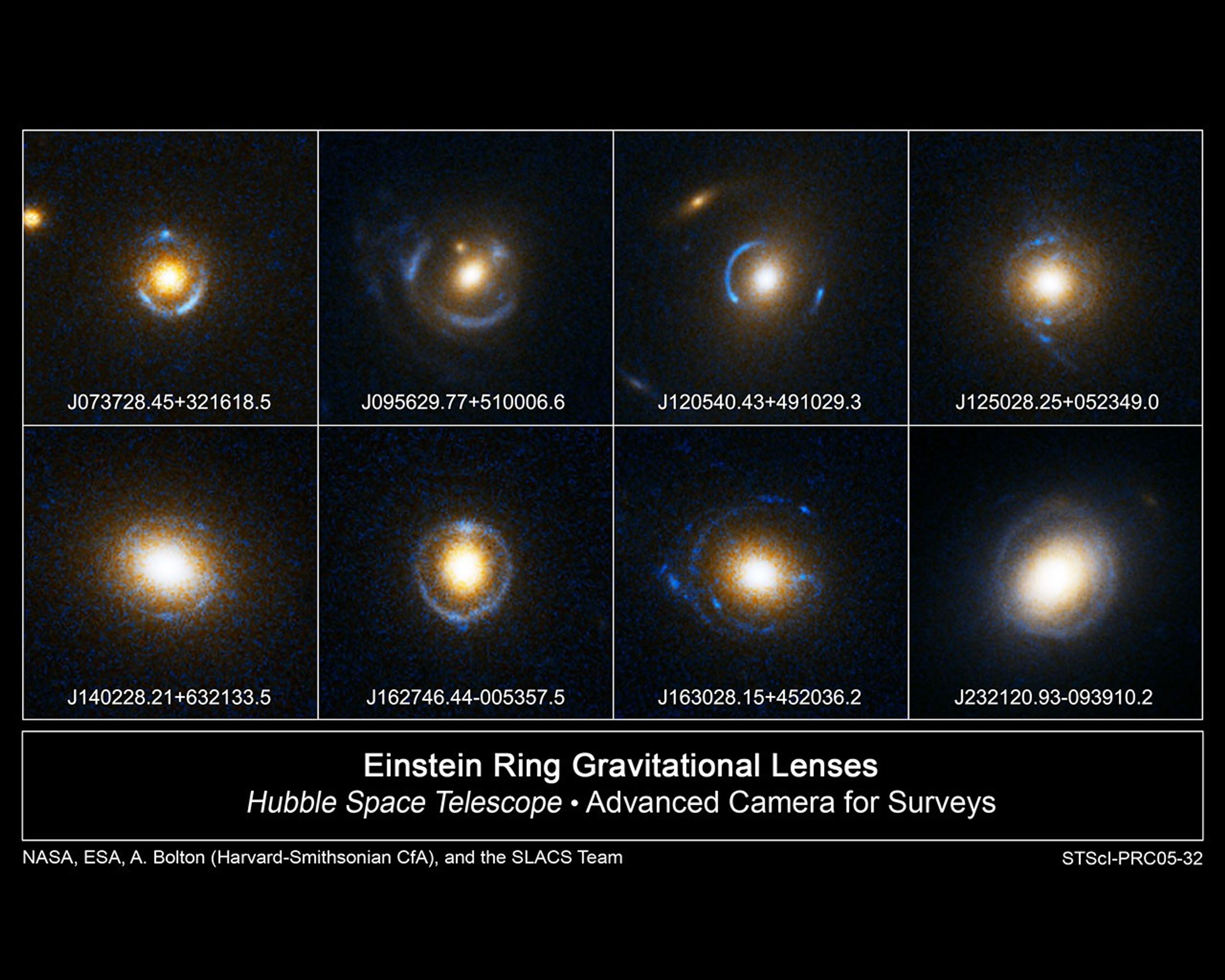
A Gallery of Einstein Rings
The thin blue bull's-eye patterns in these eight Hubble Space Telescope images appear like neon signs floating over reddish-white blobs. The blobs are giant elliptical galaxies roughly 2 to 4 billion light-years away. The bull's-eye patterns are created as the light from...
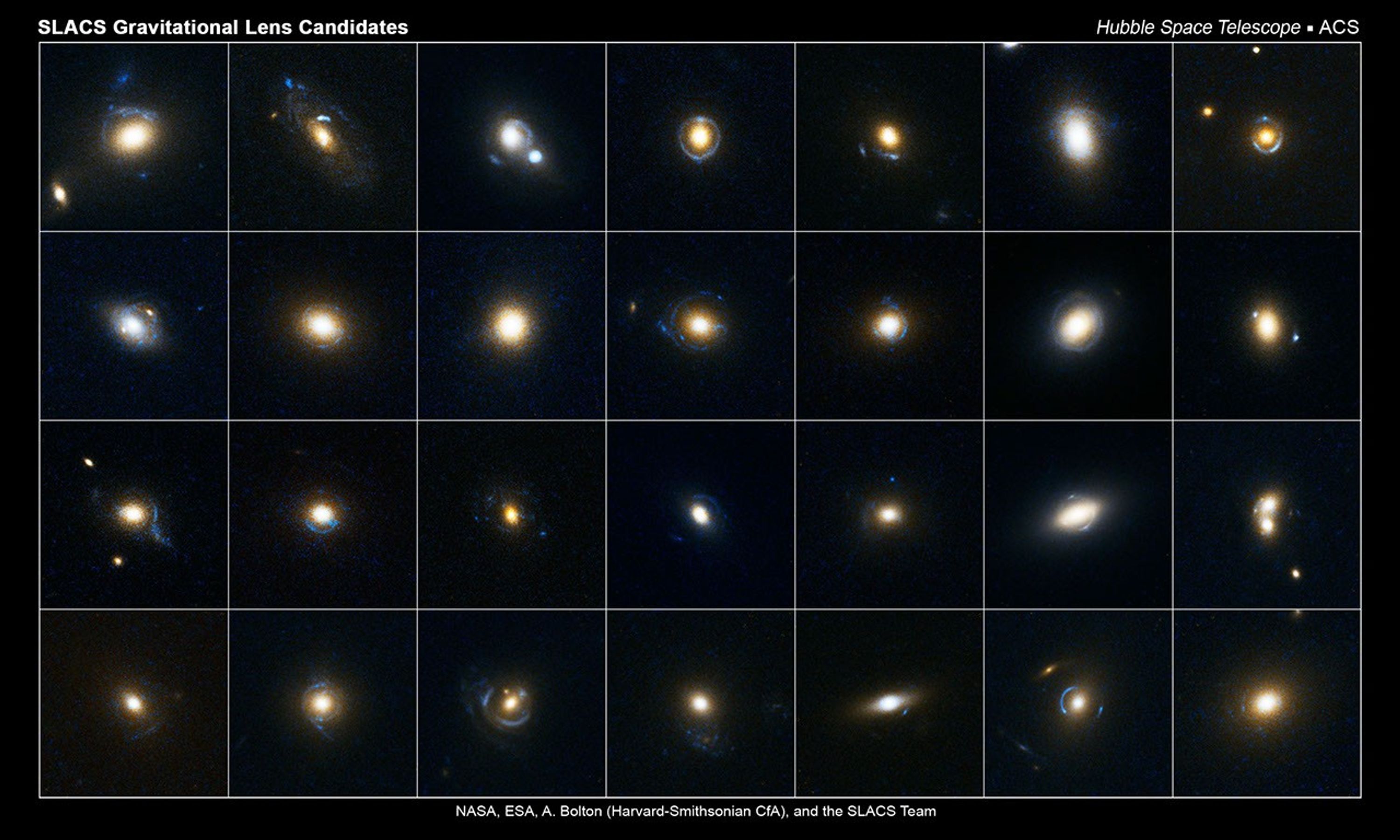
Gravitational Lens Candidates
This collection of images shows 28 gravitational lens candidates. Astronomers studied these photos, which were taken by the Hubble Space Telescope's Advanced Camera for Surveys, and identified which of the candidates were gravitational lenses. These candidates were selected from...
Share
Details
Claire Andreoli
NASA’s Goddard Space Flight Center
Greenbelt, Maryland
claire.andreoli@nasa.gov

